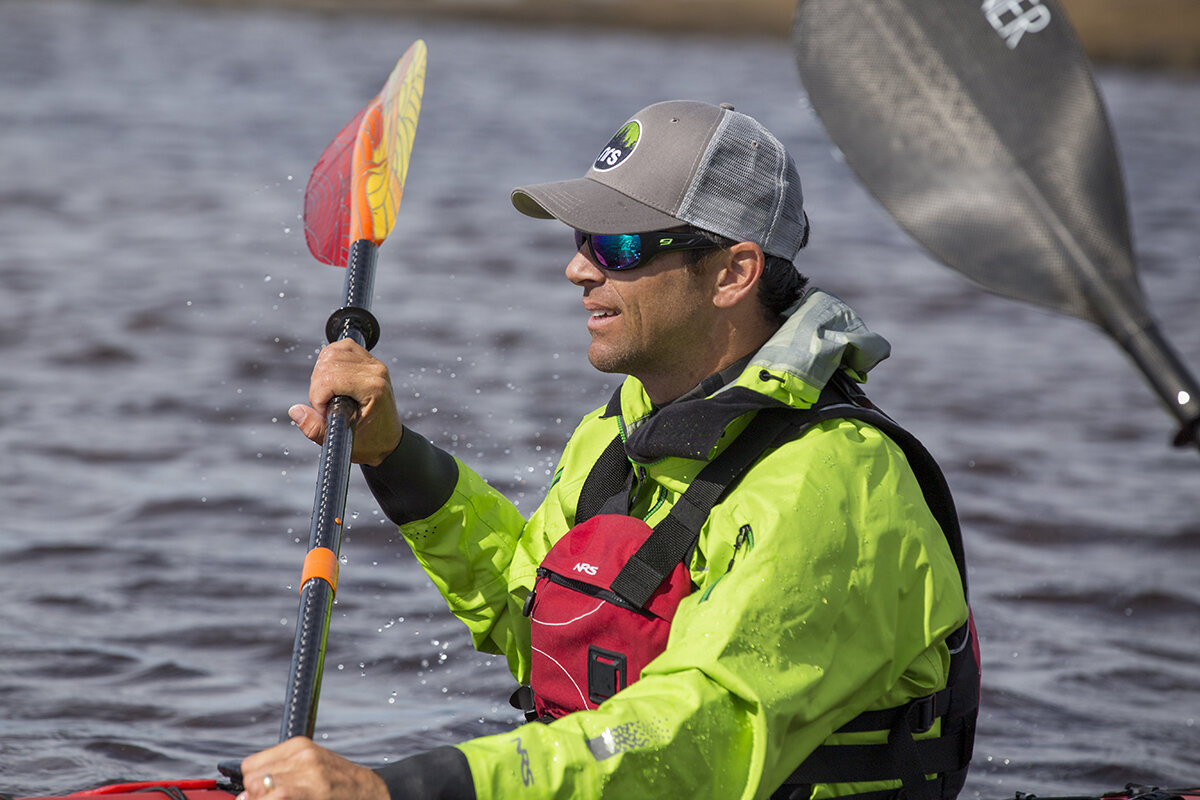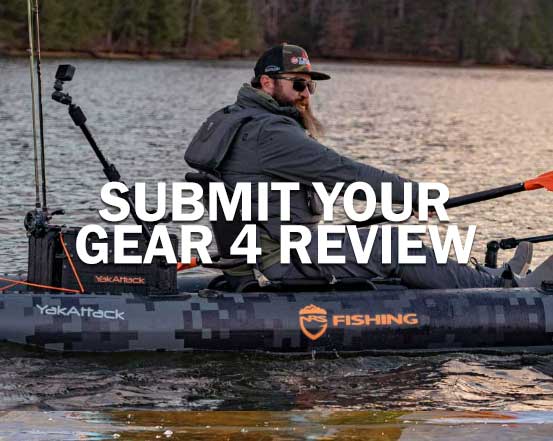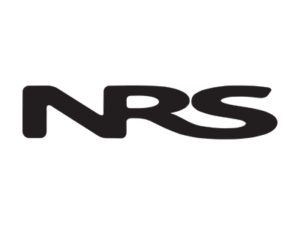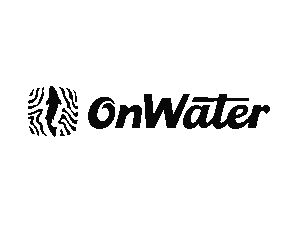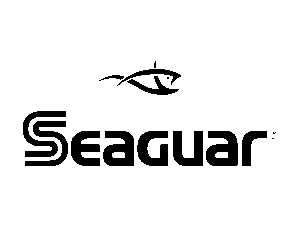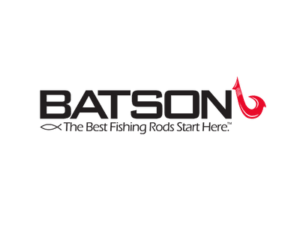What Gear Do You Need for Paddling?
I’ve been paddling for a long time. I’m hesitant to even say this, but I’ve now got over 30 years experience canoeing, whitewater kayaking, sea kayaking, rafting, stand up – pretty much any type of paddling you can think of, I’ve probably tried it at least once. There’s specific gear that you need for each discipline, but for the purpose of this blog, I’m going to go over five pieces of gear that remain a constant that I always make sure I have in working order when I’m out on the water.
Paddling-Specific PFDs

Let’s start off with the most obvious necessity: your personal floatation device (PFD). Paddling-specific PFDs are a huge step up from a normal PFD or life jacket, because they come in a variety of sizes and shapes, which allows you to find one that actually fits and feels comfortable.
With comfort in mind, PFDs for paddling are designed to give you better range of motion when paddling, so you’ll notice that a lot of the bulk is taken away from the arms and shoulders. If you’ve ever paddled with a high-float lifejacket or a lifejacket in your uncle’s powerboat, you’ll understand why this is so important.
If you have a kayak that has a high seat back, there are versions where they also cut the flotation away from that part of your back, so that you’re still able to sit back in your seat comfortably. The NRS Chinook is a great example of this. It's largely for fishing, but it’s also great for sea kayaking and rec kayaking as well and features the high-cut back. The Chinook also comes with a lot of pockets, which are great for holding snacks, navigation devices, lures and anything else you might need easy access to.
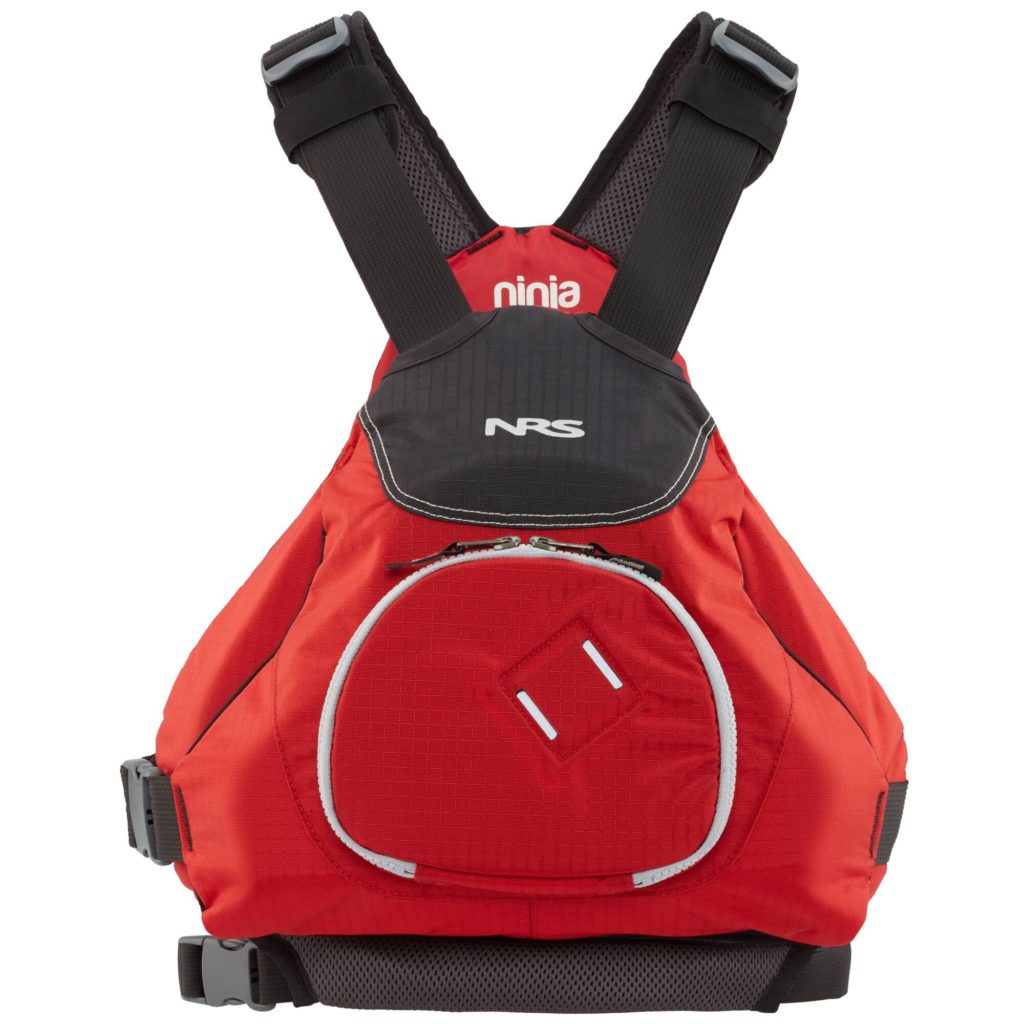
If you’re paddling whitewater, you’ll find the cut on these PFDs a bit more aggressive, as you tend to rotate your body a lot more in whitewater, especially if you get into playboating and rafting. The NRS Ninja is a great example of this type of PFD. You’ll notice that the floatation on these tends to be centred on your front and back, but still features pockets to hold rescue equipment.
Both types mentioned above provide close to the same amount of flotation. Keep in mind, paddling-specific PFDs are swimming aids rather than life preservers, as they don’t have that big flap on the back of the life jacket that goes behind the neck.
Paddling Tops
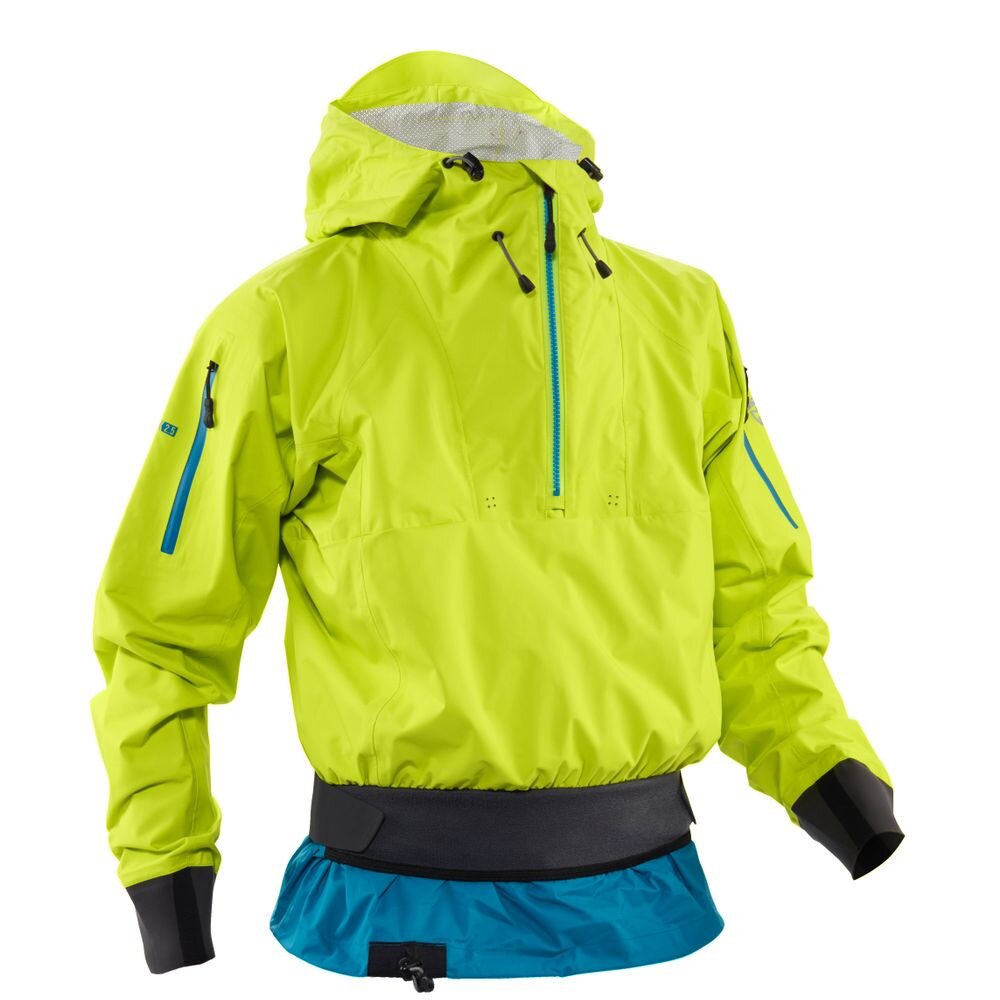
Next up on the things I never leave home without: a paddling top. I particularly like the Riptide from NRS because it’s like a glorified, paddling-specific raincoat. I take it canoe tripping, sea kayak tripping, day trips or multi-day trips. It’s also my go-to jacket for paddling when the conditions are a little harsh.
It still has latex gaskets at the wrist, so your wrists are waterproof. You avoid the dreaded “pit drip” – where you get some water in your cuff from dripping down your paddle, which then runs down your arm, down your back, down your side– a miserable experience when you're already cold.
For me, comfort isn't an issue with this style of paddling top. While having latex gaskets at the wrist is fine, it’s the neck where the discomfort happens, and this type of jacket doesn't have that. Instead, it has a neoprene gasket which is softer but still keeps out 90-95% of the water. It doesn't keep it all out but it's much more comfortable. The anorak style also features a hood, which is great when nasty weather rolls through.
If you're going to be whitewater paddling, or sea kayaking in really really rough conditions, a dry top is the way to go as it has the added protection of a gasket at the neck. But this style of jacket is one that you can bring on 95% of your trips, which is why it’s my go-to.
Shoes
You have have noticed by now that the theme of this blog post is “paddling-specific”. There's lots of shoes, jackets, PFDs and gear to choose from, but getting stuff that's designed specifically for paddling makes such a huge difference.
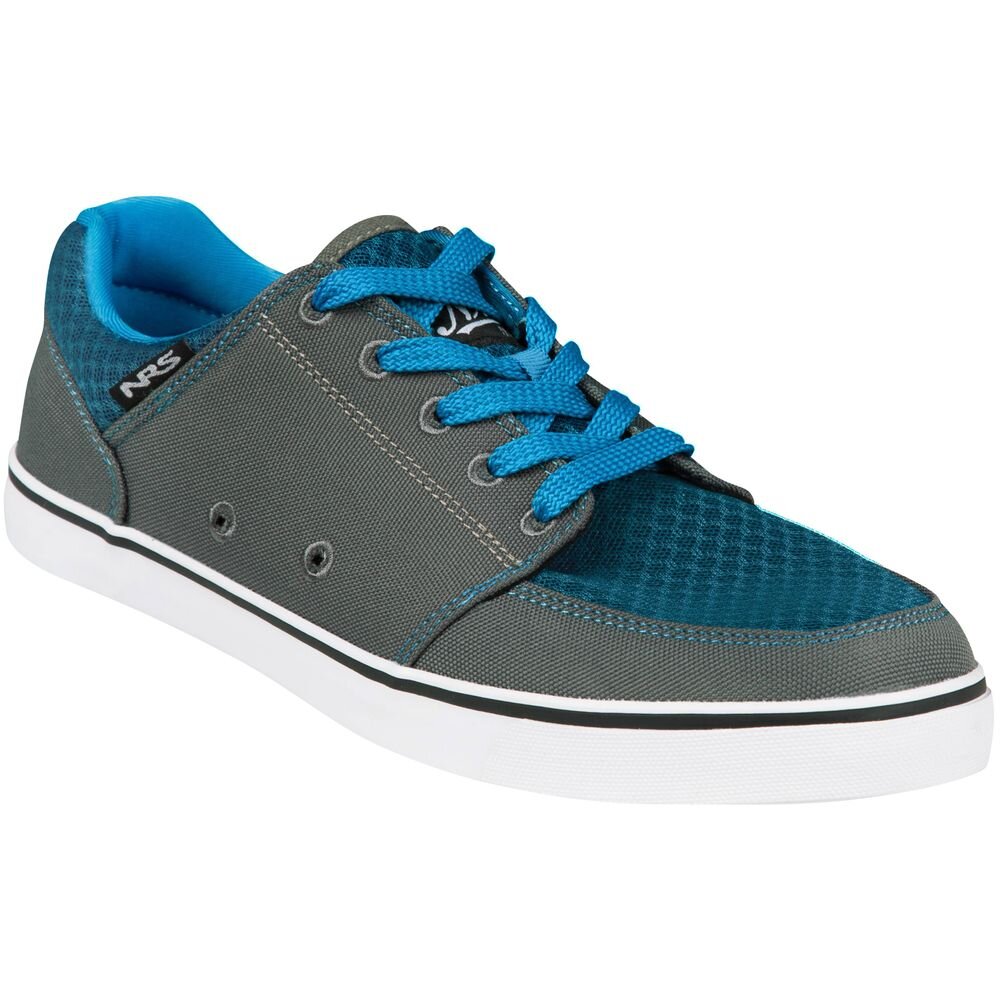
When it comes to footwear for paddling, there are two types of shoes that I use on the water: a casual shoe and a bootie.
I personally really like the NRS Vibe shoes for rafting for sea kayaking, as well as for rec kayaking and stand up paddling – they kind of do it all!
The great thing about these shoes is that they are also great off of the water. They drain quickly, thanks to drain holes on the side and they’re also made of a breathable and quick-drying mesh, which also helps to keep sand and stones out of your shoes. The best part about these shoes is that they just look like everyday shoes, so after a long day of paddling you can get away with wearing these to the pub for a drink.

For whitewater paddling or when I'm paddling a smaller kayak and I know that my foot needs to flex a bit more, I typically go with a neoprene bootie-style shoe.
While the sole isn’t as rigid as some other options, you still get incredible grip because you’re connected to the ground a bit more. These also tend to keep your feet a bit warmer, which is definitely a bonus when you’re on the water and wet all day.
H20 Is the Way to Go
Bringing a water bottle down a river or on the lake is something that even I think everybody does. But it's amazing how quickly you go through water and even though you're surrounded by water while paddling, it’s usually not safe to drink straight from the source.

One of my favorite pieces of gear is the Geopress from GRAYL. There’s other things like it out on the market, but I really enjoy the simplicity of this one. You literally just scoop it up from whatever body of water you’re paddling on, press it down and voila – fresh, filtered water.
When you're done drinking, you just dump the rest of the water so you don't carry the weight with you the whole day. It’s a great little tool for day paddles, multi-day camping trips, pretty much anything you can think of!
Protect Your Eyes
I know that this seems simple, and it is, but a lot of times when you go paddling, you won't bring sunglasses because you're worried about losing them which…is fair. I’ve lost many a pair of sunglasses in my day.
But the problem is this: the reflection of the sun off the water doesn’t just burn your skin but it damages your eyes, too. So wearing a pair of sunglasses when you're paddling is absolutely critical.
The best option is polarized sunglasses, especially if you’re kayak fishing or stand up paddling, because they cut the glare so much you can really get a glimpse into the underworld. You can spot fish, spot structure and weeds. When you're stand up paddling, you see those little rocks that can knock you off your board.
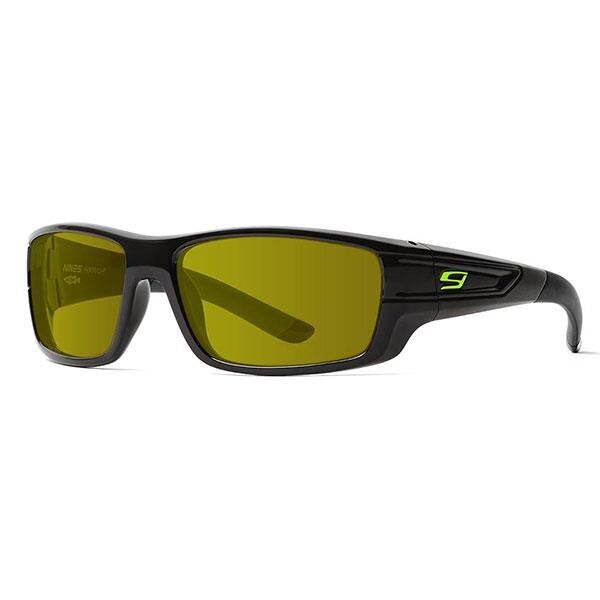
So, if you tend to err on the side of clumsy, you’ll need to find a system that works to keep your sunnies on your head in case you flip or go for an unexpected swim. There's all sorts of sunglass retention systems out there, some look better than others. To be honest, unless I'm whitewater kayaking, I don’t usually use a retention system. I also don’t tend to bring my most expensive pair of sunglasses, because I know they have a limited lifespan – and they're going to go for a swim at some point.
That wraps up my five pieces of gear that over through over 30 years of paddling, I've made a staple, no matter what type of paddling that I'm doing. Is there anything you’d add to the list? Let me know in the comments below!
Check Out Paddle Tales
Paddle Tales follows World Champion kayaker, Ken Whiting, around North America as he explores the continent by sea kayak, whitewater kayak, canoe, and stand up paddleboard, while telling the stories of the unique people and places that he encounters.
Made in Partnership With:




